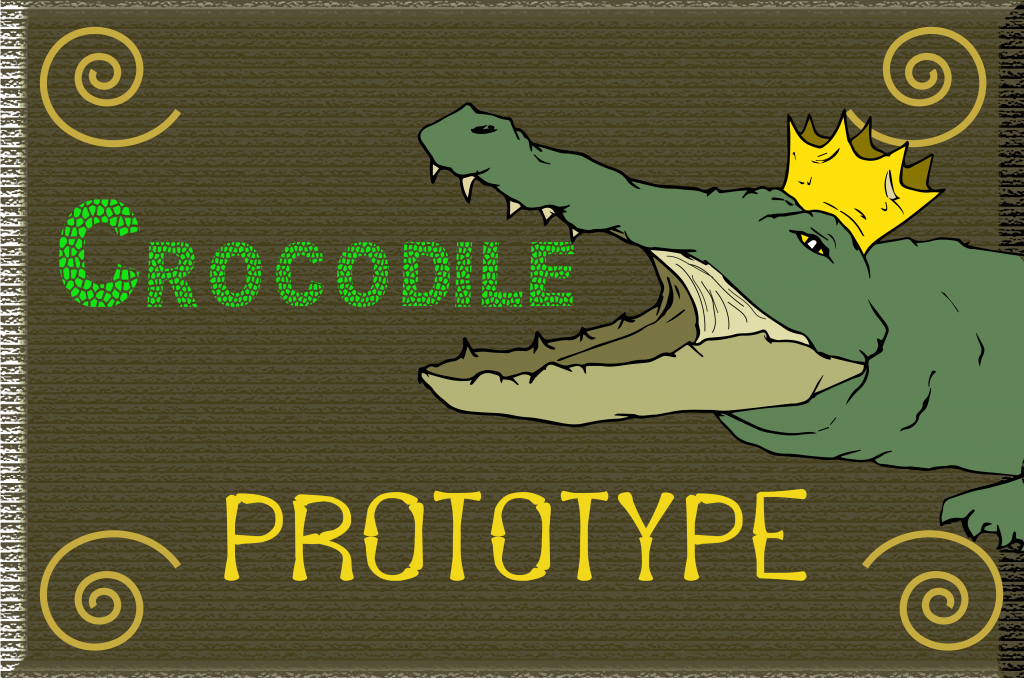A summary of Minjee and I’s project on “In the Eyes of Kinetic Beasts”.
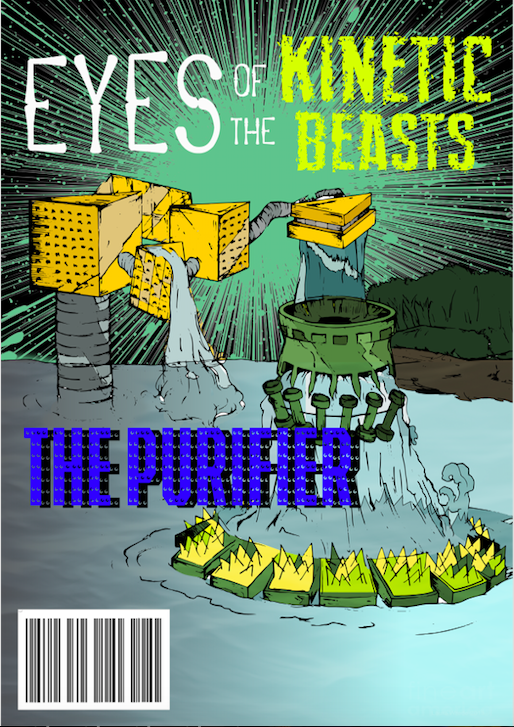
https://drive.google.com/file/d/1QFSrEBHJk2F3MRmh2KwJDc0KQH_-S-_C/view?usp=sharing
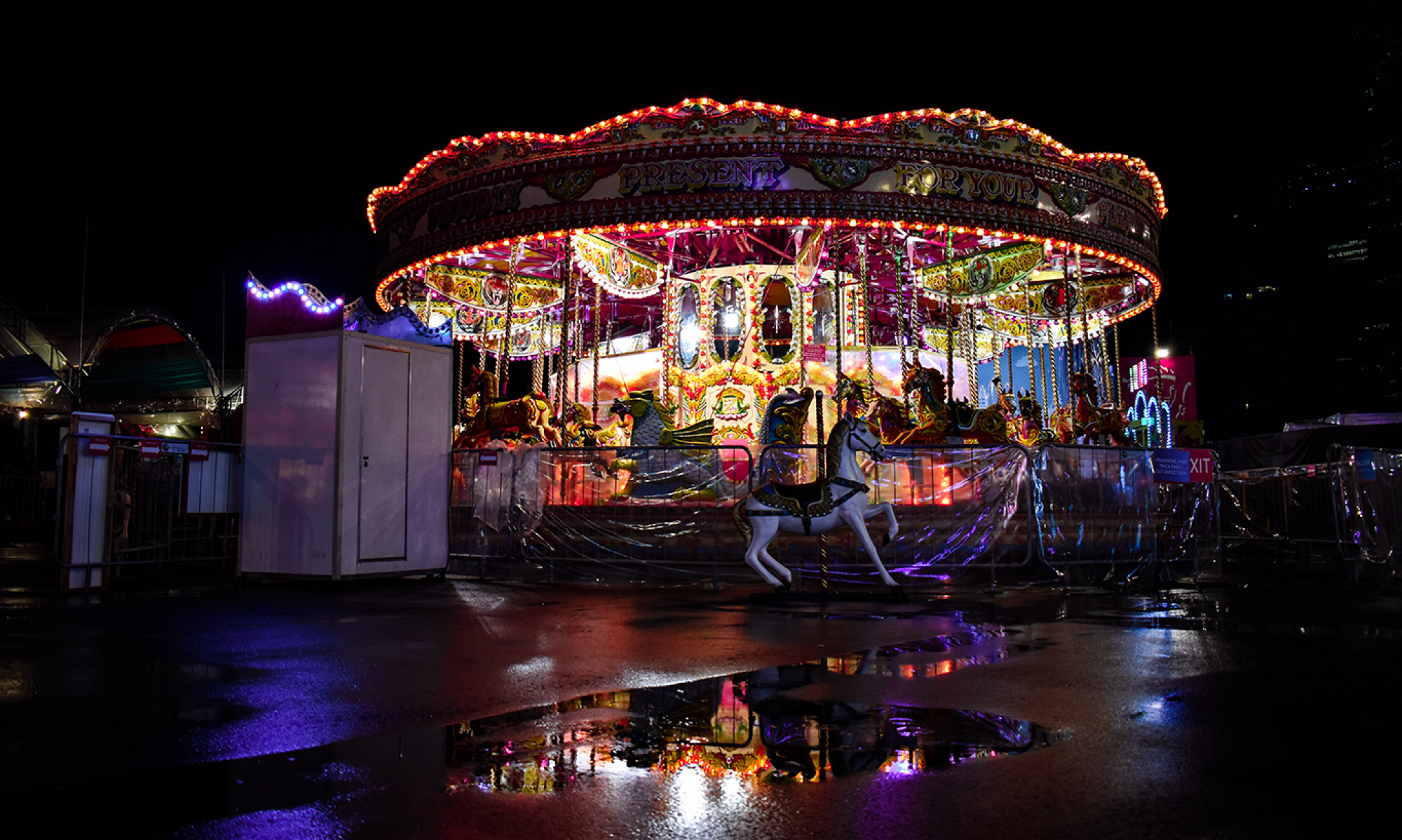
the general settings
A summary of Minjee and I’s project on “In the Eyes of Kinetic Beasts”.

https://drive.google.com/file/d/1QFSrEBHJk2F3MRmh2KwJDc0KQH_-S-_C/view?usp=sharing
With the information we have from our research process, we attempt to create a model that moves in the eyes of the kinetic beast, much like Theo Jansen’s Strandbeests.
Breaking down the movements of a crocodile, I summarised it into two main movements: the slithering pattern inherent in its streamline body as well as the concurrent movement of opposite front leg and hind leg.
Refer to the diagram from the previous research process.


________________________________________________________
The first prototype attempts to investigate the slithering pattern inherent in a crocodile’s streamline body. This movement is only allowed with the flexibility of the pivotal mechanisms of the spine. Hence, I tried to apply it to the model by building it into two sections.


Explaining the process of the machine, I used a wind-up mechanism to create movement. The rubber band is tied to the turnable rig that extends into the wheel. The rubber band is tied tightly onto the rig as well. Hence, when the rubber band is turned by the rig, it converts the kinetic energy of the spin into potential energy stored in the elastic band, shown in the diagram above. When released, the prototype mimics a wind up toy or pull back motor, and moves forward with the rubber band’s potential energy released as kinetic energy. The movement forward is enhanced with the paddles inserted into the wheel of the prototype. The loose spine connecting the two sections help to create the slithering movement of a crocodile.

The prototype did not work well as the foam was too light. This made the prototype float above the water, resulting in a weaker albeit moving motor. The prototype only moved a short distance and did not slither as much as I envisioned. I added wood panels to the bottom in later adjustments.
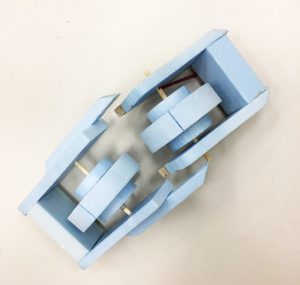
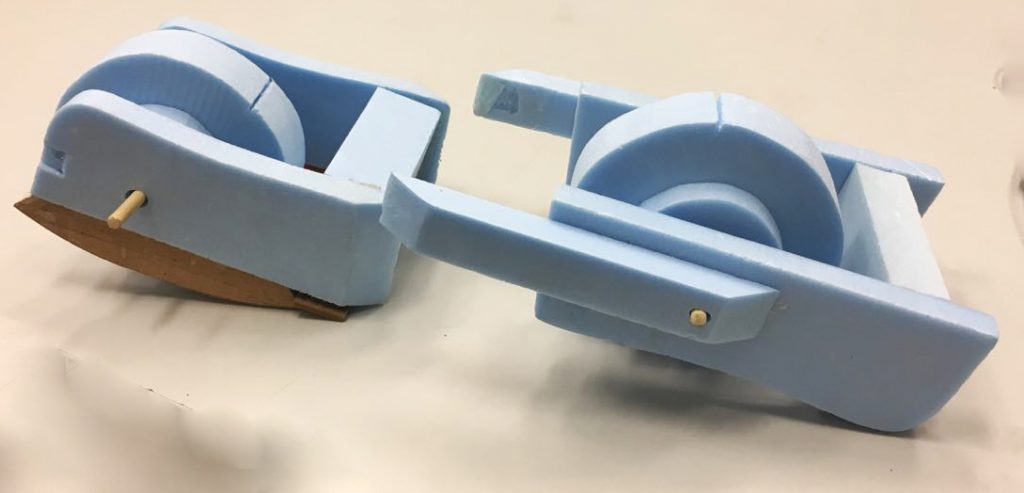
_______________________________________________________
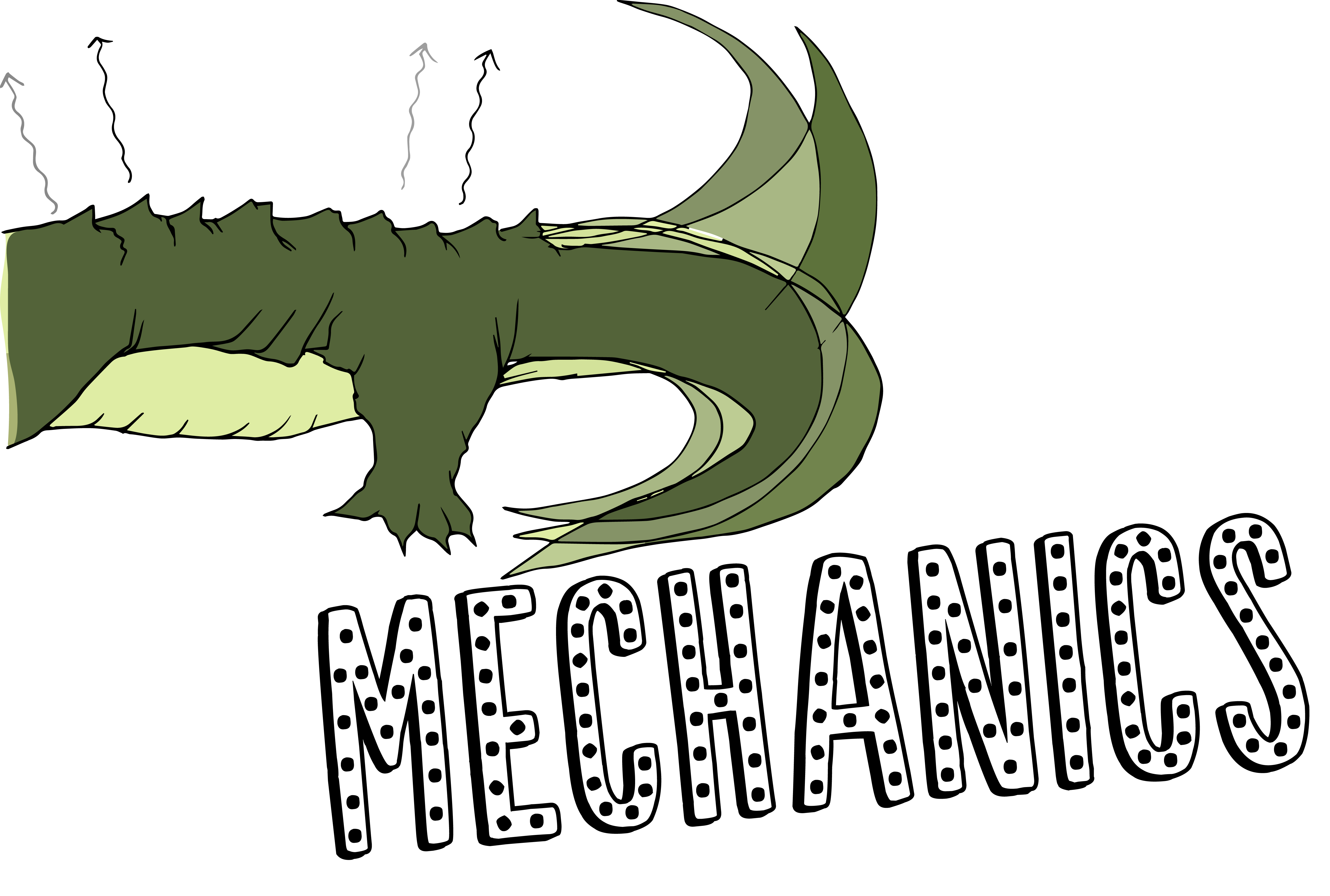
I realised that the current equipment I have set up for the wind up mechanism is too weak, despite trying out different rubber bands of different elasticity. I tried latex rubber band, generic red rubber bands and hair band as well. Hence, I decided to change up into something else, and maybe work on the second movement- concurrent movement of opposite front leg and hind leg.
With the set-up above, I utilised gears to create different directions of movement. With the central gear acting as the main source of movement, it creates different direction between the top left leg- hind right leg and the top right leg-hind left leg. This concurrent movement of gears mimics how a real crocodile moves. This set-up would be useful if its morphed with the first prototype’s streamline shape, using either elastic band or wind energy to power the motor.


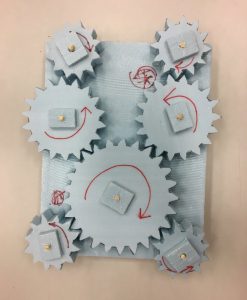
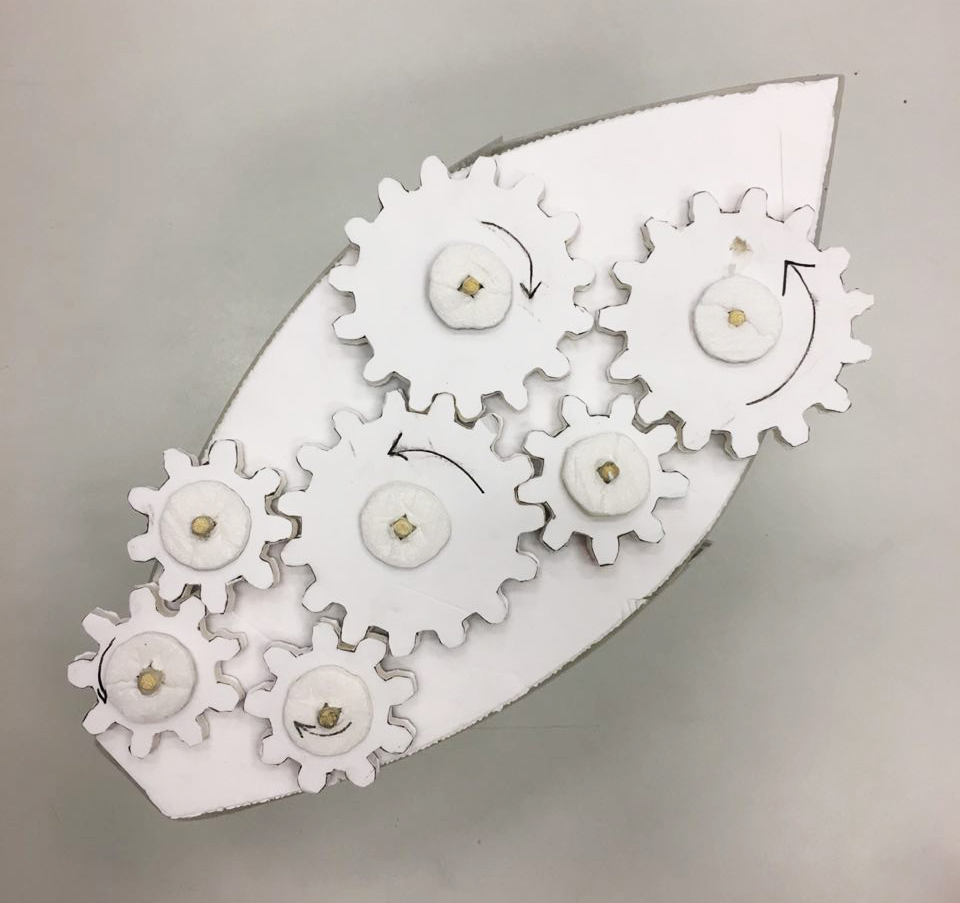
_____________________________________________________
In the end, I was sick and didn’t attend class. However, Minjee did update me on the feedbacks given by Cheryl. Hence, we listed the characteristics down and planned how our final work would encompass, which are: Bobbing up and down the water like a crocodile, pecking of the plover bird and changing of colours with the temperature. Do take a look at Minjee’s OSS for the understanding of her plover bird prototype, in comparison for the mutualism relationship it shares with a crocodile.
